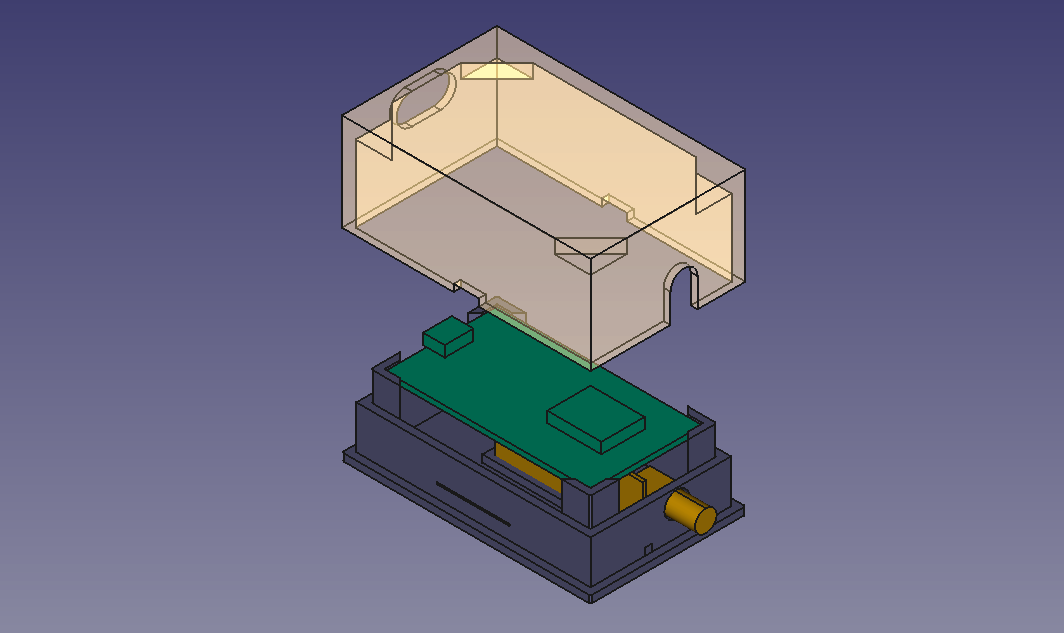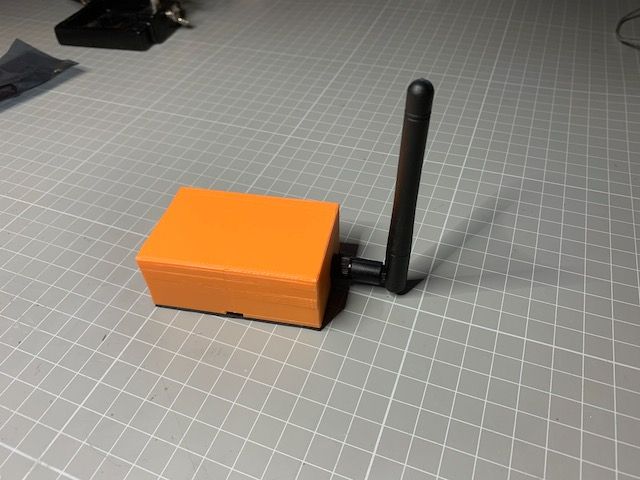Let me offer my thoughts and recommendations:
For myself I have been using MQTT as the connection method for a number of years.
Doing that, you must have an MQTT broker as the "middle-man" to receive MQTT messages from the MySensors MQTT gateway and then relaying them to OH, which then uses the MQTT binding. Then you do not use the MySensors binding to OH at all.
The advantage is that you can have a number of sources/sensors feeding information to the MQTT broker. In my case I have three geographical sites with MySensors nodes, each with an MySensors MQTT gateway, feeding the broker. Actually at one of the sites there is also a Sonoff switch that also reports status and gets commands via MQTT. (I am using the Espurna SW on the Sonoff).
Then my OH installation subscribes to the broker via the OH MQTT binding.
To dive deeper into details, because of this geographical set-up, I am using a commercial MQTT broker, which is accessible over the internet from all three sites. If you only operate one site, then you are better off using e.g. Mosquitto inside your firewall.
As far as I understand the OH MQTT binding does not offer auto-discovery unless you use the Homie naming convention. Check the OH documentation please.
For MySensors nodes I use the MySensors notation so a typical message looks like: mqttgw1/28/3/1/0/0 23.2 for say, a node-ID 28 and child-ID 3 that reports a temperature of 23.2 °C
When I started using MQTT and the 1.0 binding I made all definitions in the .items text file but when I converted to MQTT 2.0 I have made all the definitions in the PaperUI. It is either/or depending on your preferences but I think the general recommendation in the OH community is to use the PaperUI.
If you stick with text files I strongly recommend that you use Visual Studio Code and the OpenHAB extension to VS. Then you get syntax checking and nice colours to all keywords.
As far as I understand, the MySensors OH-binding uses the ethernet or serial MySensors GW. Probably the set-up is simpler in the beginning but offers less flexibility in the long run. I could never have achieved my set-up above using just a serial connection.


